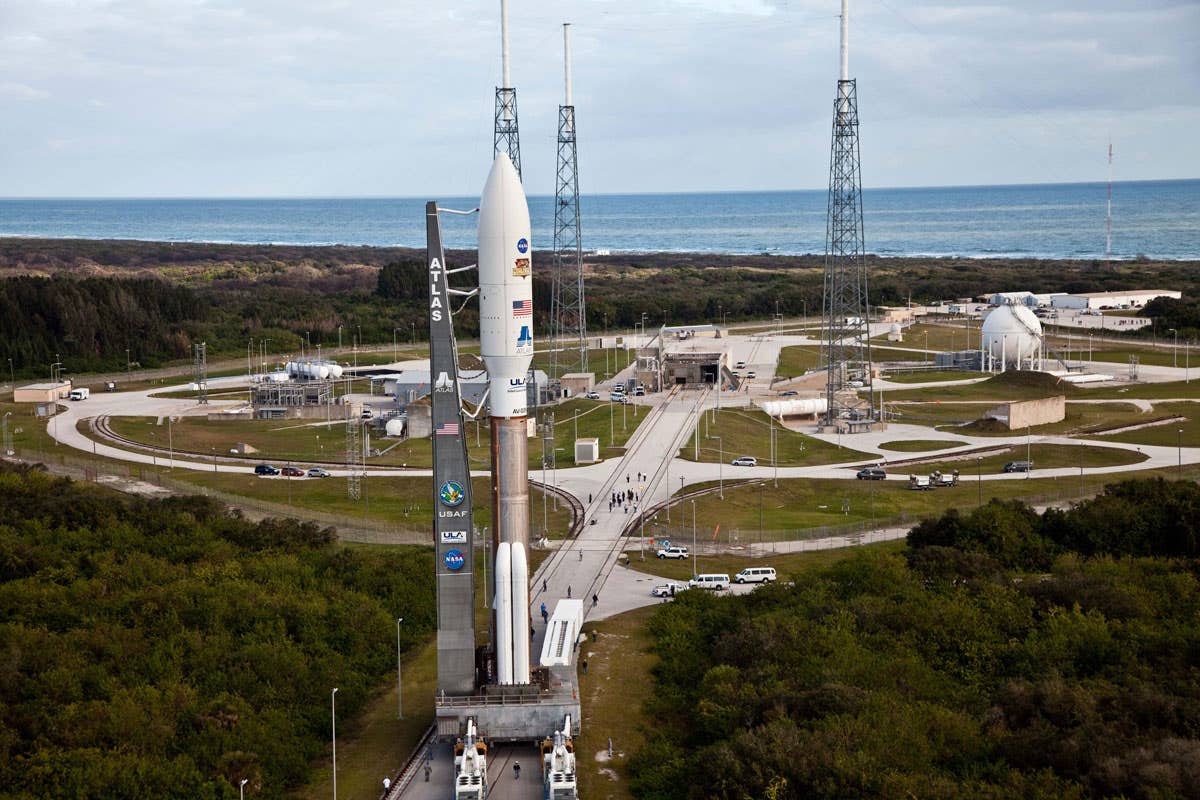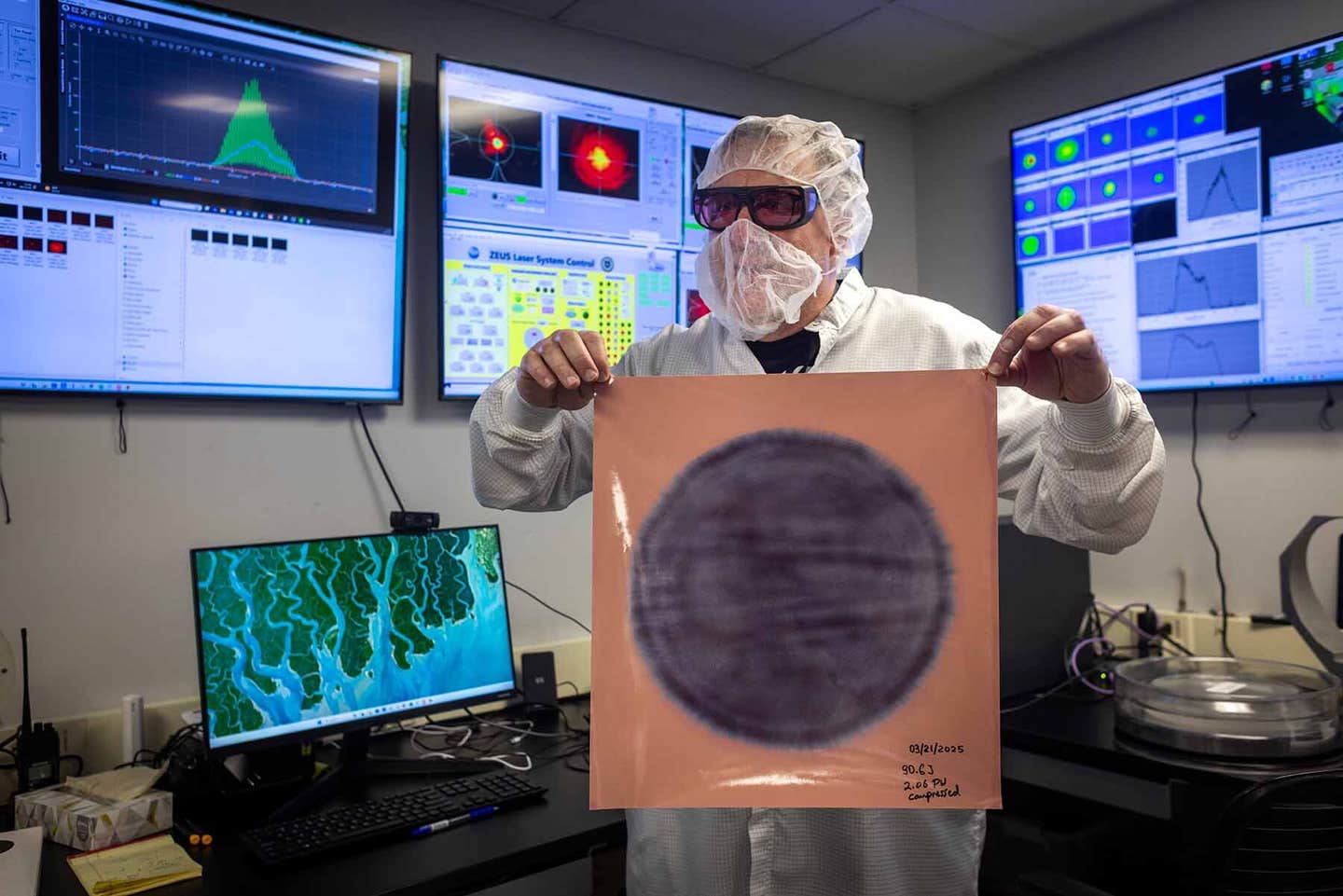New Mars Mission to drive-and fly on the Red Planet
[July 21, 2020: Brighter Side Reader Submission] With a vehicle possessing as many gadgets as a James Bond car, NASA’s new rover will…

[July 21, 2020: Brighter Side Reader Submission]
With a vehicle possessing as many gadgets as a James Bond car, NASA’s new rover will explore the Mars like nothing before it. The “Mars 2020 Perseverance” mission expects to launch on July 30 and will be ”the most complex and cleanest mechanism ever sent into space," according to NASA.
Among the cutting edge technologies on board will be an experiment to turn carbon dioxide into breathable oxygen, a drill system to preserve rock samples to return to Earth, and a helicopter. Weighing only 4 pounds, the Ingenuity Helicopter has been designed to fly in an atmosphere 100 times thinner than what exists on Earth.
This $2.5 billion mission is like nothing before it. "Previous missions have been looking for evidence of water and evidence of habitability," Abigail Allwood, an Australian geologist at NASA's Jet Propulsion Laboratory who is in charge of PIXL, one of the seven instruments onboard the rover. "No mission has ever been given the mandate to look for evidence of life."
Other instruments on board will be the SHERLOC spectrometer that will provide fine-scale imaging and uses an ultraviolet laser to map mineralogy and organic compounds, the weather center called MEDA, a ground-penetrating radar that will provide centimeter-scale resolution of the geologic structure of the subsurface(RIMFAX), and SuperCam, an instrument that can provide imaging, chemical composition analysis, and mineralogy at a distance.
There is also something that new going to Mars: 10.9 million names. As part of NASA's "Send Your Name to Mars" campaign, an electron beam stenciled onto three fingernail-sized silicon chips that will stay on the red planet long after the mission is complete.
A NASA press release states that the MARS 2020 Perseverance “will search for signs of ancient microbial life, characterize the planet’s geology and climate, collect carefully selected and documented rock and sediment samples for possible return to Earth, and pave the way for human exploration beyond the Moon.” After a 6 month flight, it will land in Jezero Crater on the Red Planet on Feb. 18, 2021. This location has more potential to find evidence of life than other landing sites.
NASA plans to live stream the launch on its website: https://www.nasa.gov/nasalive
Written by: Robert Stone
Joseph Shavit
Head Science News Writer | Communicating Innovation & Discovery
Based in Los Angeles, Joseph Shavit is an accomplished science journalist, head science news writer and co-founder at The Brighter Side of News, where he translates cutting-edge discoveries into compelling stories for a broad audience. With a strong background spanning science, business, product management, media leadership, and entrepreneurship, Joseph brings a unique perspective to science communication. His expertise allows him to uncover the intersection of technological advancements and market potential, shedding light on how groundbreaking research evolves into transformative products and industries.



